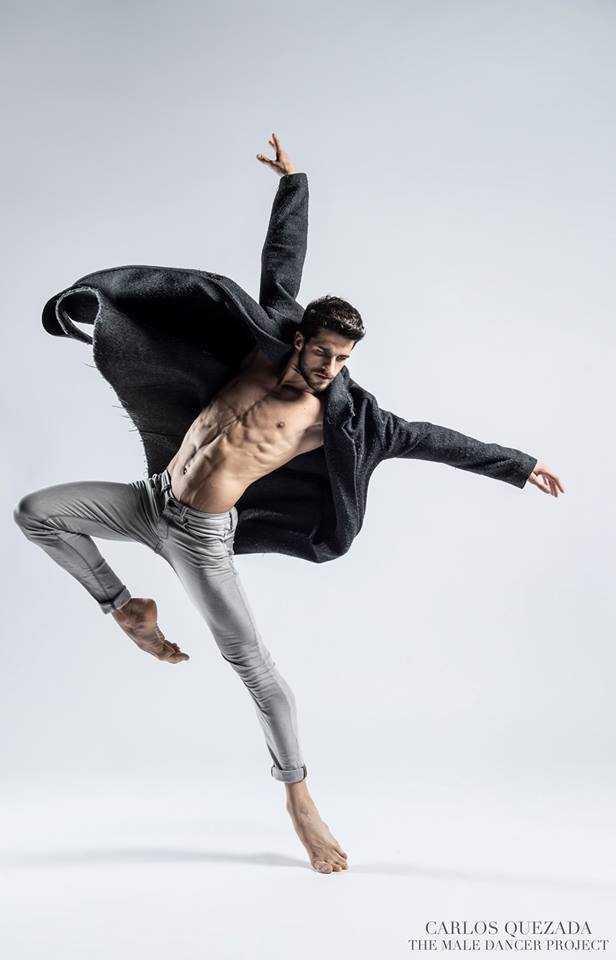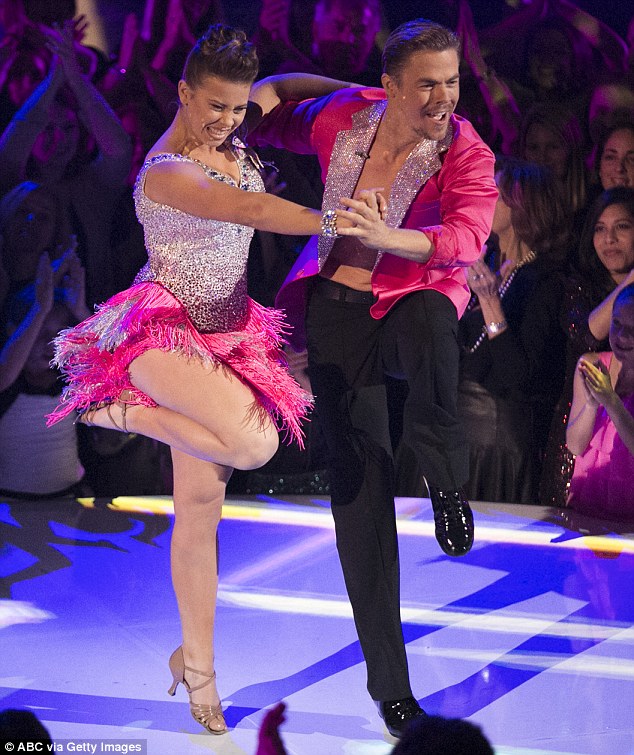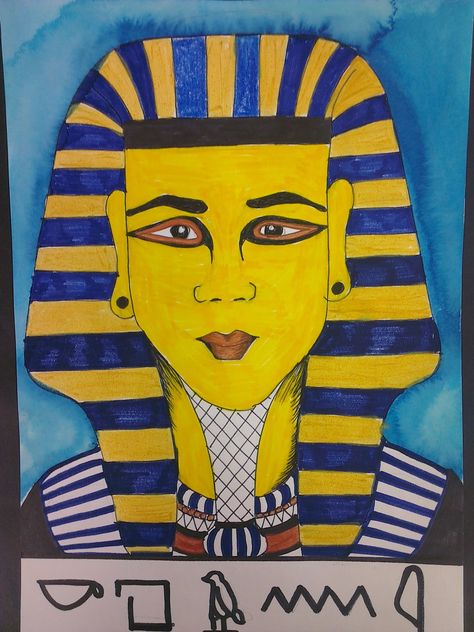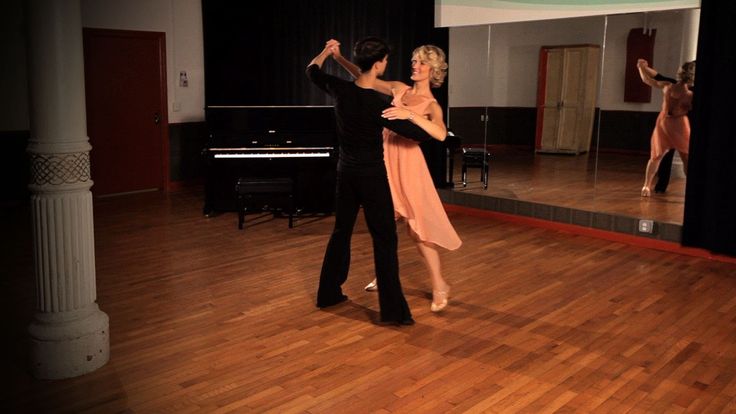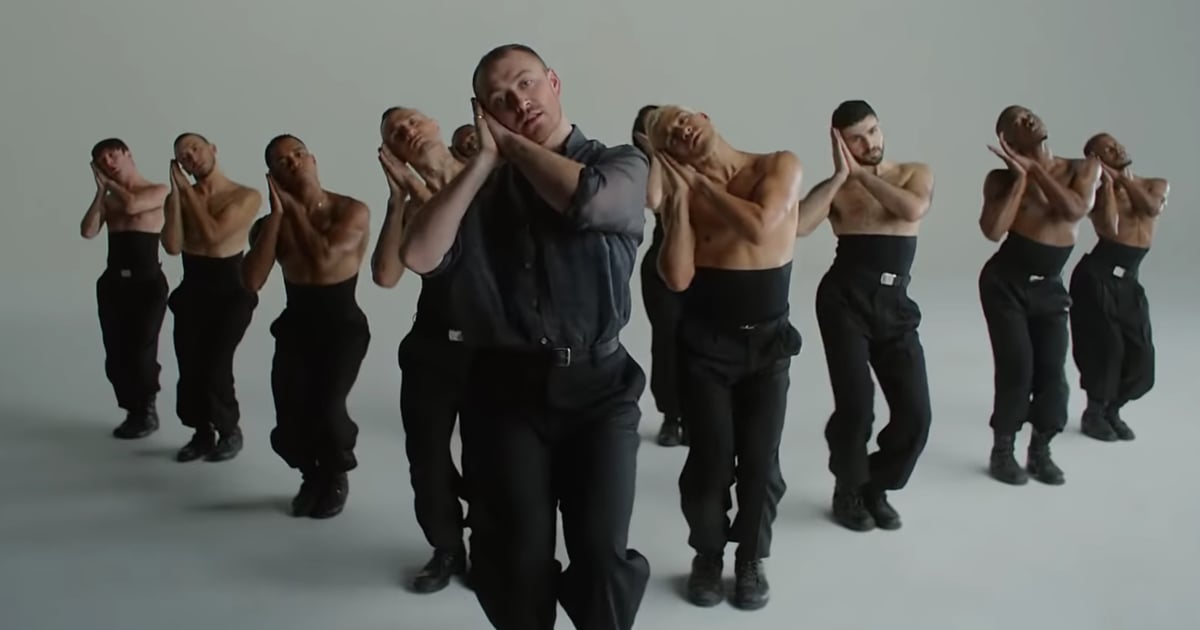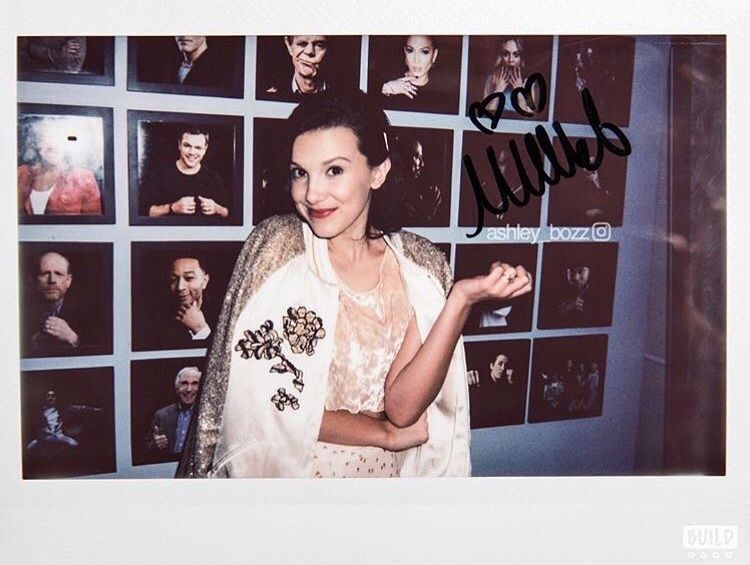How to dance danzon
IFE-ILE Afro-Cuban Dance Traditions - Son, Cha Cha Cha, Mambo, Danzon
Afro-Cuban Traditions
Traditional Popular
Danzón
Created by Miguel Failde Pérez in 1879, Danzón is the national dance of Cuba and evolved from Danza. The music structure A B A B A - consists of an introduction, A, just used for dancers to make acquaintance, flirt or stroll the dance floor. Then a dance section starts (B), to go back to the introduction and repeat the sequence again. The dance style is elegant yet extremely sensual and flavorful; it is danced off the beat and includes square figures.
Son
Son is derived from Cuba's African and Spanish roots, and is the predecessor of what is now called salsa. Originally rural music that developed as an accompaniment to dancing, it became a popular in Cuba's urban areas in the 20th century. Eventually, it was adapted to modern instrumentation and larger bands. Traditional Son instrumentation could include the tres (a type of guitar with three sets of closely spaced strings), standard guitars and various hand drums and other percussion instruments. Many sons also include parts for trumpets and other brass instruments, due to the influence of American jazz.
Son, the dance, starts with the formal, closed embrace of the man and woman. The couple maintains a very upright frame, with quick flirtatious and sensual side-to-side movements of the shoulders, torso and hips accenting the underlying six count rhythm of the feet. Son is danced off the beat, so the couple moves on the half beat before one.
Cha Cha Cha
Cha Cha Cha arose in the early '50s as an offshoot of Danzon and Mambo, and was created by Enrique Jorrin the original rhythm is onomatopoeia of the sound of the percussion and the one created by the dancers feet dragging on the ground.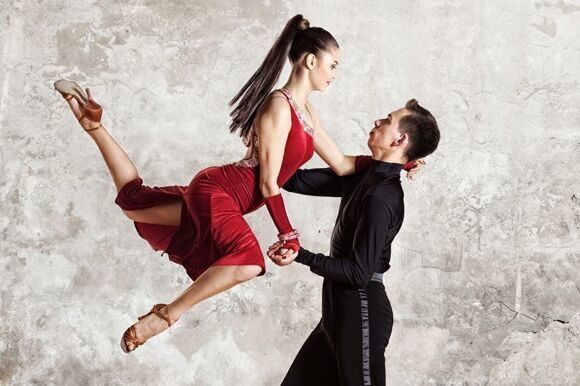 Cha-cha-cha is danced off beat (the dance starts on three quick changes of weight -- thus the name cha-cha-cha -- preceded by two slow and a pause). It was later adopted and commercialized by ballroom dancers who for teaching purposes (for those unable to identify the beat). A cha was dropped and it became only Cha-cha. In Cha Cha Cha, like mambo and rumba, the dancers' hips are relaxed, allowing free movement in the pelvic section.
Cha-cha-cha is danced off beat (the dance starts on three quick changes of weight -- thus the name cha-cha-cha -- preceded by two slow and a pause). It was later adopted and commercialized by ballroom dancers who for teaching purposes (for those unable to identify the beat). A cha was dropped and it became only Cha-cha. In Cha Cha Cha, like mambo and rumba, the dancers' hips are relaxed, allowing free movement in the pelvic section.
Rumba de Salon/Cuban Ballroom Rumba
Rumba de Salon, or Cuban ballroom rumba, grew from folkloric rumba but with a strong influence from ballet techniques in order to commercialize the style (taking from its intricate hip patterns as created in the black neighborhoods). This already processed Rumba eventually derived into the even more commercialized Ballroom Rhumba version.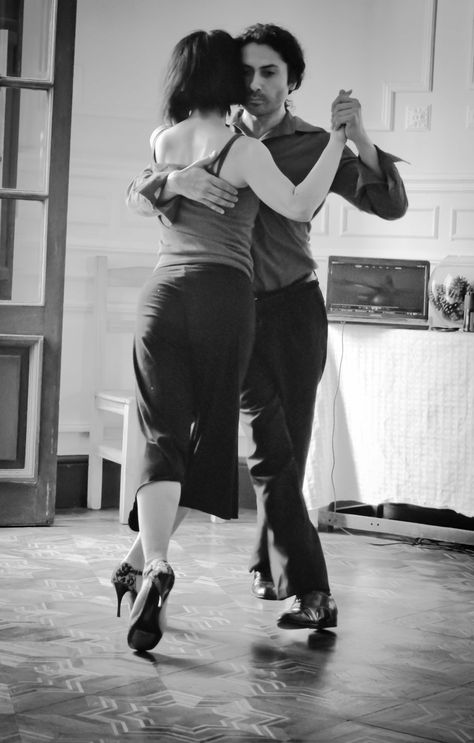
Mambo
In the late 1940s, many North Americans -- especially those from the East Coast -- flocked to Havana, Cuba for their vacations, and the most famous U.S. and Cuban dance bands performed in Havana's casinos. Orestes Lopez and Israel Cachao Lopez created modifications over Afro-Cuban rhythms and particularly the Danzon, creating a new rhythm called mambo infused with American jazz band format. Mambo was danced in the same upbeat and sassy manner as American swing. The word "Mambo" comes from the warriors song of the Congo (one of the most important African groups brought to Cuba as slaves during the colonial times) There are two forms of dancing Mambo: single and double tempo.
danzón | Cuban dance | Britannica
In Latin American dance: Dances of national identity (1800–1940)
…the habanera, milonga, maxixe, and danzón. Because pelvic movement was included, whether soft sways as in the Cuban danzón or body-to-body hip grinds and the enlacing of the legs as in the Brazilian maxixe, the early 20th-century couple dances were seen as both titillating and wicked.
Because pelvic movement was included, whether soft sways as in the Cuban danzón or body-to-body hip grinds and the enlacing of the legs as in the Brazilian maxixe, the early 20th-century couple dances were seen as both titillating and wicked.
Read More
The first Cuban danzón is credited to Cuban cornet player Miguel Faílde, who composed “Las Alturas de Simpson” (1879; “Simpson Heights”). Faílde, born of a Spanish father and a mother of mixed African-European descent, began his musical career playing for bailes de color (dances for people of colour).…
Read MoreArtistically, danzón marked a separation from colonial domination and the emergence of an independent Cuba.
Read MoreLike the Cuban danzón and Brazilian maxixe, the dances incorporated close embraces that symbolized and sometimes preceded sexual engagement and thus were inappropriate for middle- and upper-class society.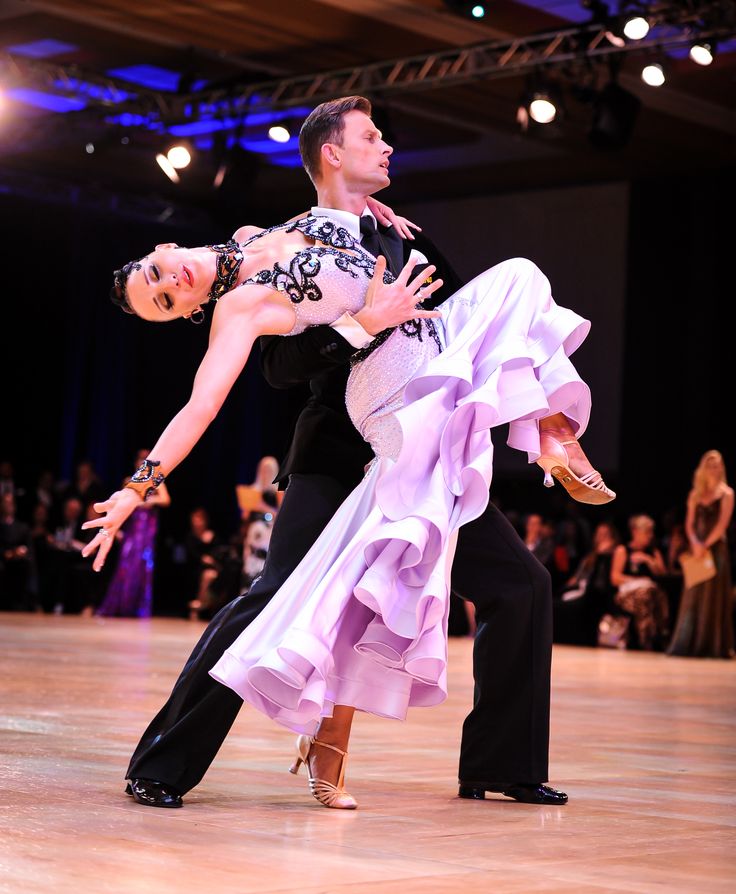
","url":"Introduction","wordCount":0,"sequence":1},"imarsData":{"HAS_REVERTED_TIMELINE":"false","INFINITE_SCROLL":""},"npsAdditionalContents":{},"templateHandler":{"name":"INDEX"},"paginationInfo":{"previousPage":null,"nextPage":null,"totalPages":1},"uaTemplate":"INDEX","infiniteScrollList":[{"p":1,"t":1735293}],"familyPanel":{"topicInfo":{"id":1735293,"title":"danzón","url":"https://www.britannica.com/art/danzon","description":"Latin American dance: Dances of national identity (1800–1940): …the habanera, milonga, maxixe, and danzón. Because pelvic movement was included, whether soft sways as in the Cuban danzón or body-to-body hip grinds and the enlacing of the legs as in the Brazilian maxixe, the early 20th-century couple dances were seen as both titillating and wicked.","type":"TOPIC","titleText":"danzón","metaDescription":"Other articles where danzón is discussed: Latin American dance: Dances of national identity (1800–1940): …the habanera, milonga, maxixe, and danzón.![]() Because pelvic movement was included, whether soft sways as in the Cuban danzón or body-to-body hip grinds and the enlacing of the legs as in the Brazilian maxixe, the early 20th-century couple dances were seen as both titillating and wicked.","identifierHtml":"Cuban dance","identifierText":"Cuban dance","topicClass":"art","topicKey":"danzon","articleContentType":"INDEX","ppTecType":"CONCEPT","gaTemplate":"INDEX","topicType":"INDEX","relativeUrl":"/art/danzon","assemblyLinkPrefix":"/media/1/1735293/"},"topicLink":{"title":"danzón","url":"https://www.britannica.com/art/danzon"},"tocPanel":{"title":"Directory","itemTitle":"References","toc":null},"groups":[]},"byline":{"contributors":null,"allContributorsUrl":null,"lastModificationDate":null,"contentHistoryUrl":null,"warningMessage":null,"warningDescription":null,"contributorNames":"NULL"},"citationInfo":{"contributors":null,"title":"danzón","lastModification":null,"url":"https://www.britannica.com/art/danzon"},"websites":null,"freeTopicReason":"TOPIC_IS_INDEX_PAGE","topicCollectionLinks":[],"articleSchemaMarkup":{"browserTitle":null,"imageUrl":null,"authors":null,"keywords":"danzón","wordcount":0,"url":"https://www.
Because pelvic movement was included, whether soft sways as in the Cuban danzón or body-to-body hip grinds and the enlacing of the legs as in the Brazilian maxixe, the early 20th-century couple dances were seen as both titillating and wicked.","identifierHtml":"Cuban dance","identifierText":"Cuban dance","topicClass":"art","topicKey":"danzon","articleContentType":"INDEX","ppTecType":"CONCEPT","gaTemplate":"INDEX","topicType":"INDEX","relativeUrl":"/art/danzon","assemblyLinkPrefix":"/media/1/1735293/"},"topicLink":{"title":"danzón","url":"https://www.britannica.com/art/danzon"},"tocPanel":{"title":"Directory","itemTitle":"References","toc":null},"groups":[]},"byline":{"contributors":null,"allContributorsUrl":null,"lastModificationDate":null,"contentHistoryUrl":null,"warningMessage":null,"warningDescription":null,"contributorNames":"NULL"},"citationInfo":{"contributors":null,"title":"danzón","lastModification":null,"url":"https://www.britannica.com/art/danzon"},"websites":null,"freeTopicReason":"TOPIC_IS_INDEX_PAGE","topicCollectionLinks":[],"articleSchemaMarkup":{"browserTitle":null,"imageUrl":null,"authors":null,"keywords":"danzón","wordcount":0,"url":"https://www. britannica.com/art/danzon","creationDate":null,"modificationDate":null,"description":"Other articles where danzón is discussed: Latin American dance: Dances of national identity (1800–1940): …the habanera, milonga, maxixe, and danzón. Because pelvic movement was included, whether soft sways as in the Cuban danzón or body-to-body hip grinds and the enlacing of the legs as in the Brazilian maxixe, the early 20th-century couple dances were seen as both titillating and wicked."},"initialLoad":true}
britannica.com/art/danzon","creationDate":null,"modificationDate":null,"description":"Other articles where danzón is discussed: Latin American dance: Dances of national identity (1800–1940): …the habanera, milonga, maxixe, and danzón. Because pelvic movement was included, whether soft sways as in the Cuban danzón or body-to-body hip grinds and the enlacing of the legs as in the Brazilian maxixe, the early 20th-century couple dances were seen as both titillating and wicked."},"initialLoad":true}
Danzón - Emilio Osorio Song Lyrics
Danzón - Emilio Osorio Lyrics Song | Singles Lyrics Quedeletras -| Danzón lyrics lyrics Listen to songs Lyrics - | |
| Ángela dávalos, Eduardo Tagle, Cesar Ceja, Emmanuel Flores | |
| | | | HOY LAY LAL NOCHE |
| Con música de fondo | |
| Tú estás ahí | |
| Dejándote admirar | |
| | |
| Un mezcal nomás | |
| Para envalentonarme | |
| Quiero sacarte a bailar | |
| 0015 | |
| Por favor ponme un danzón | |
| Dj ponme un danzón | |
| | |
| Ya no quiere despacito | |
| Sé que quiere apretadito por favor | |
| Dj Ponle un Danzón | |
| | |
| Mi Cuerpo Queere | LO Que Tune | 9000 9000ES Un Qulano no0015 |
| | |
| Y tú bien sabes | |
| Que ya me tienes | |
| Se ve de lejos que te mueres por bailar | |
| | |
| Ahora quiere que Le Baile Pegadito | |
| Por Favor Ponme un Danzón | |
| DJ Ponme un Danzón | | 9000 YA NO QUPAITO0015 |
| Sé que quiere apretadito por favor | |
| Dj ponle un danzón | |
| | |
| Un mezcal nomás | |
| Para envalentonarme | |
| Quiero sacarte a bailar | |
| No me importa nadie más | |
| | |
| 0005 | Por favor ponme un danzón |
| Dj ponme un danzón | |
| | |
| Ya no quiere despacito | |
| Sé que quiere apretadito por favor | |
| Dj ponle un danzón | | Mi Cuerpo Queer | LO Que Tune Tienes | ES UN Impulso QUTRO CONTROLARL0015 |
| | |
| Y tú bien sabes | |
| Que ya me tienes | |
| Se ve de lejos que te mueres por bailar | |
| | |
| Ahora quiere que Le Baile Pegadito | |
| Por Favor Ponme un Danzón | |
| DJ Ponme un Danzón | | 9000 YA NO QUPAITO0015 |
| Sé que quiere apretadito por favor | |
| Dj ponle un danzón | |
| | |
| Ahora quiere que le baile pegadito | |
| Por favor ponme un danzón | |
| Dj ponme un danzón | |
| | |
| Ya no quiere despacito | |
| Sé que quiere por apre 90 favor50015 | |
| I want to dance you | |
| I NOT AND WHO WHOLE | |
| Now you want me to danced closely | DJ put me a danzón |
| | |
| He doesn't want to go slow anymore | |
| I know you want it hard please | |
| DJs laid Danzon | |
| | |
| My body wants | |
| that you have | 9000 , which I do not want to control |
| And you know well | |
| What you already have with me0005 | Just Meskal |
| To encourage me | |
| I want to dance you | |
| I NOT WOUR | 9000 9000 9000 9000 9000 9000 9000 9000 9000 9000 9000 9000 9000 9000 9000 |
| Please give me a danzon | |
| DJ put me a danzon | |
| | |
| I know that you want tightly, please | |
| DJ set Danzon | | My body wants | that you have | that you have impulse that I don't want to control
| | |
| 0012 | |
| from afar it can be seen that you are dying to dance | |
| | |
| Now you want me to danced closely | Please give me Danzon | DAM |
| | |
| He doesn't want slow anymore0015 | |
| Now you want me to danced closely | Please give me Danzon | DANSOS | 9000 9000 9000 9000 9000 9000 9000 9000 9000 9000 9000 9000 9000 9000 9000 9000 9000 9000 9000 9000 9000 9000 9000 9000 9000 9000 9000 9000 9000 9000 9000 9000 9000 9000 9000 9000 9000 9000 9000 9000 9000 9000 9000 9000 9000 9000 9000 9000 9000 9000 9000 9000 9000 9000 9000 9000 9000 9000 9000 9000 9000 9000 9000 9000 9000 9000 9000 9000 9000 9000 9000 9000 9000 9000 9000 9000 9000 9000 9000 9000 9000 9000 9000 9000 9000 9000 9000 9000 9000 wants slow
| I know you want it hard, please | |
| 0015 | |
| | |
| Ty tam |
Now you can listen to the official video or lyrics of the video " Danzón " including the album "Singles" [view album] in 2020 with Pop Rock music style.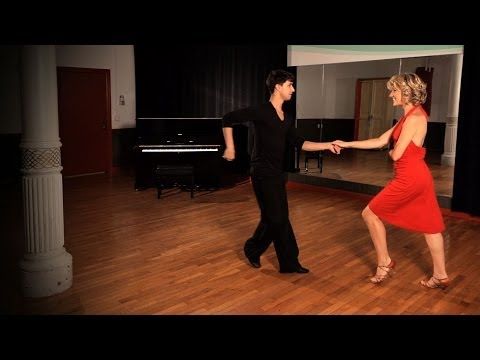 The best lyrics on this CD of the song "Danzón" [Lyrics] [video] - "Es Por Ti ft Joaquín Bondoni" [Lyrics] [video] - "Amor Valiente ft Joaquín Bondoni" [Lyrics] [video] - .
The best lyrics on this CD of the song "Danzón" [Lyrics] [video] - "Es Por Ti ft Joaquín Bondoni" [Lyrics] [video] - "Amor Valiente ft Joaquín Bondoni" [Lyrics] [video] - .
See Emilio Osorio biography and discography with all his recordings . His music can be found on their "Singles" [View] - "Emilio" [View] - .
Emilio Osorio Words
Quedeletras >> Lyrics >> e >> Emilio Osorio
Top Music
Ton Lyrics Emilio Osorio
[Danzón]
[Amor Valiente ft Joaquín Bondoni]
[Es Por Ti ft Joaquín Bondoni]
CD
[Singles]
[Emilio]
Letras de canciones - Letras de canciones - Traducida - Translate Lyrics
Traduçao - Traduzione Testi
lyrics Deutsche Übersetzungen
Passionate rumba - the emotional path of a soul in love
10/30/2014 22:42 Cubanoboom
Of all ballroom dances in the Latin style, the rumba dance is filled with the most emotional content.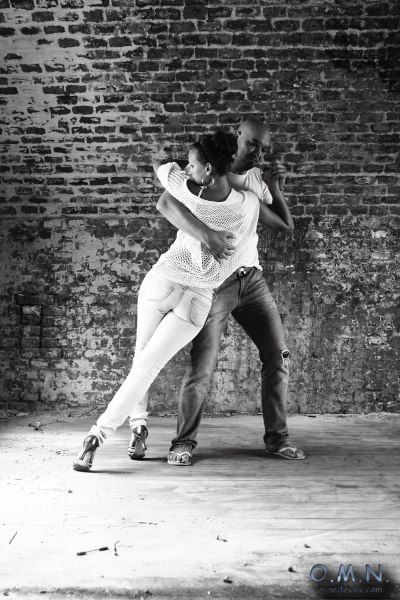 Originating at first as a wedding dance of Cuban newlyweds, over time it has improved and acquired more blues features. However, until now this dance has a pronounced emotional character with a rather dramatic musical content.
Originating at first as a wedding dance of Cuban newlyweds, over time it has improved and acquired more blues features. However, until now this dance has a pronounced emotional character with a rather dramatic musical content.
Rightfully occupying one of the leading places in the rating of love dances, rumba shows, rather, passionate and unhappy love, rather than tender and happy. Vivid emotions, a combination of sensuality, passion and rhythm make it possible to convey the heat of the hearts of two partners in its smooth rhythms. Yes, in fact, the dance expresses nothing more than the irrepressible passion of lovers.
The combination of Spanish melodies, sensual movements and African rhythms in one dance made the rumba one of the most popular ballroom dances in the world. The basics of the dance are Cuban, but many movements came to it from the Caribbean islands, and some of it in general from Latin America. It should be noted that in the world there are two main directions of this dance: Cuban rumba and American.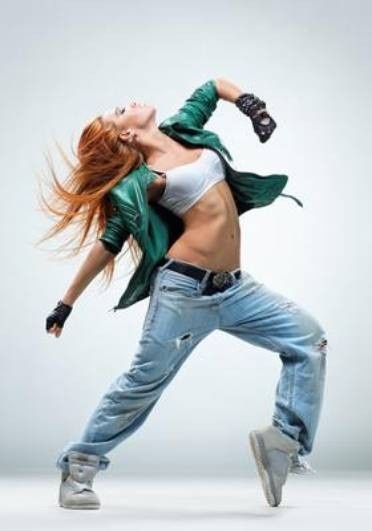 The first is distinguished by a clear rhythm and smooth, strict movements. The American style of rumba performance is more restrained, devoid of bright erotic movements. However, it is he who has become widespread throughout the world. It should be noted that rumba is not a single dance, it is the name of a whole class of dances that have their own bright Latin-African zest. Among the most famous dances of the rumba style, Son, Son-Montuno, Afro-Cuban, Mambo, Gwajira, Danzon, Konga stand out.
The first is distinguished by a clear rhythm and smooth, strict movements. The American style of rumba performance is more restrained, devoid of bright erotic movements. However, it is he who has become widespread throughout the world. It should be noted that rumba is not a single dance, it is the name of a whole class of dances that have their own bright Latin-African zest. Among the most famous dances of the rumba style, Son, Son-Montuno, Afro-Cuban, Mambo, Gwajira, Danzon, Konga stand out.
The history of the origin of the dance
Brought to Cuba in the 19th century, it was originally a Negro ritual dance, then reborn as a wedding dance. It takes its name from the common name of the musical ensembles "Rumboso Orguesta", which played dance music in the same style as the modern rumba. The word itself is translated from Spanish as "the way." This concept conveys the meaning of the entire choreography of the dance: the path of a soul in love.
The popular rumba tune "La Paloma" has been played in Cuba since 1866.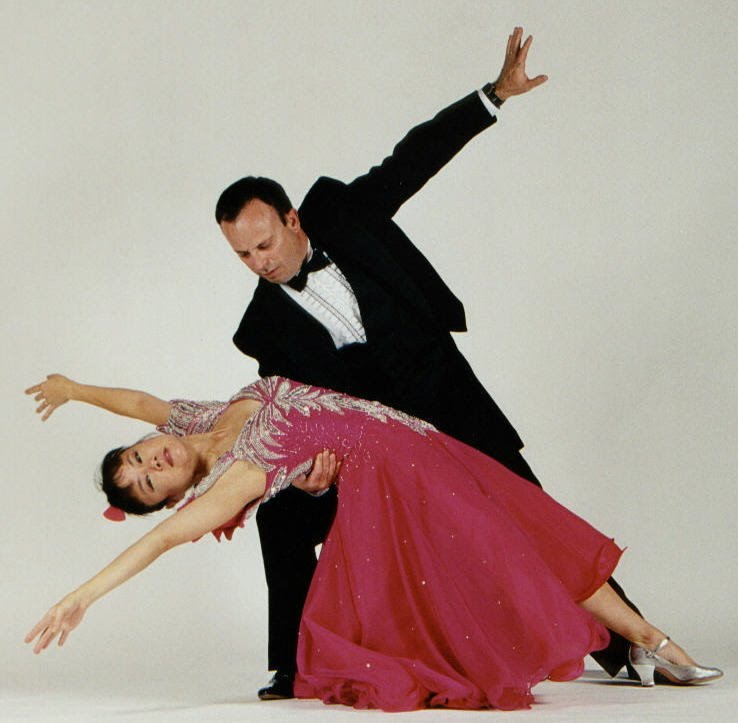 19The year 13 is considered the time when the rumba was first danced in the United States. They were dancers Lev Quinn and Joan Savier. In 1923, Emile Coleman, who led the orchestra, invited musicians who could play rumba and two dancers to his place. However, this did not affect the popularity of the rumba. Until the late 1920s, it was hardly danced in the USA.
19The year 13 is considered the time when the rumba was first danced in the United States. They were dancers Lev Quinn and Joan Savier. In 1923, Emile Coleman, who led the orchestra, invited musicians who could play rumba and two dancers to his place. However, this did not affect the popularity of the rumba. Until the late 1920s, it was hardly danced in the USA.
Real interest in this dance began to appear only after 1929, when an orchestra formed by Xavier Cugat began to play in the Coconut Grove of Los Angeles, playing only Latin American music. Top 19In the 1930s, the rumba was a hot mix of guaracha, son and Cuban bolero. 1935 was marked by the fact that the feature film "Rumba" appeared on the screens, in which the main character dances this particular dance. The appearance of the film contributed to the further popularization of rumba in the United States.
A full-fledged dance was developed by the master of the famous London dance school Pierre Lavelle after the end of the Second World War.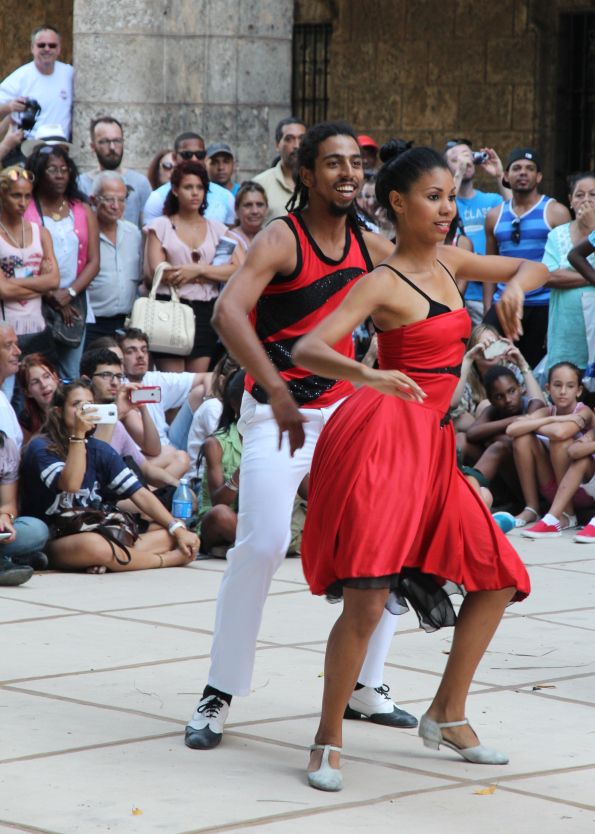 This enthusiast and brilliant interpreter of Latin American dances visited at 1947 to Havana, where he saw that the American style of rumba known to him was very different from the classic Cuban version. Havana master Pepe Rivera taught Lavelle this technique, which he later began to teach in England. In the 1950s, the Lavelles performed extensively with demonstrations in London and gave lessons in Latin American dance. After heated disputes between specialists, the true "Cuban Rumba" was officially recognized and standardized in 1955. Today, this particular dance is an integral part of modern ballroom competitions.
This enthusiast and brilliant interpreter of Latin American dances visited at 1947 to Havana, where he saw that the American style of rumba known to him was very different from the classic Cuban version. Havana master Pepe Rivera taught Lavelle this technique, which he later began to teach in England. In the 1950s, the Lavelles performed extensively with demonstrations in London and gave lessons in Latin American dance. After heated disputes between specialists, the true "Cuban Rumba" was officially recognized and standardized in 1955. Today, this particular dance is an integral part of modern ballroom competitions.
Features of Rumba
Initially, the dance carried a story about a woman's attempt to dominate a man through her charm. Always during his performance there was an element when a woman, as if teasing her partner. With her passionate erotic movements, she shows how good she is and seems to be easily accessible. The partner is seduced by the movements of the woman and the response tries to prove his physical dominance, but, as a rule, achieves nothing. She runs away from him to another person: a spectator, a judge, etc.
She runs away from him to another person: a spectator, a judge, etc.
Among the three types of Cuban rumba, Guaguanco rumba is the most popular. She is just the most striking example when a gentleman dancer seeks rapprochement with his lady, following her everywhere. She, teasing him, avoids contact with him. In the dance itself, the body movements of the dancers are more important than their legs. But the technique of performing the basic steps cannot be called easy. It is impossible to learn this quickly. When performing rumba, dancers take steps to the count of 2, 3, 4. With each step, their knees bend and straighten, turns are made between counts. Each step is taken from the toe, while the weight of the body is in front. With all this, the dancers show a sexual pantomime, performed in a fast rhythm, in which, with exaggerated hip movements, the man shows his aggressive harassment, and the woman shows her defensive movements.
Modern sport rumba is quite standardized. But the rural version of the Cuban rumba is like animal mating dances. It's more of a performance than a dance. Some movements of the shoulders and sides show the former hard work of slaves with a burden in their hands. The “spot-turn” movement used to be danced around a cartwheel, and the “cucaracha” is an imitation of crushing cockroaches.
But the rural version of the Cuban rumba is like animal mating dances. It's more of a performance than a dance. Some movements of the shoulders and sides show the former hard work of slaves with a burden in their hands. The “spot-turn” movement used to be danced around a cartwheel, and the “cucaracha” is an imitation of crushing cockroaches.
What dance develops
Rumba is a dance with a deep subtext. There are few simple movements of the legs and arms. In order to effectively perform rumba, dancers must put all their emotional experiences, a sense of true love and attraction to a partner into every movement, every gesture and look. Only under these conditions they will be able to convey all the drama and at the same time the charm of this dance, and the audience will feel incredible pleasure from their performance and will really watch a storm of emotions.
Famous people in this type of dance
It has already been mentioned that the rumba is included in the list of mandatory carnival dance competitions.


